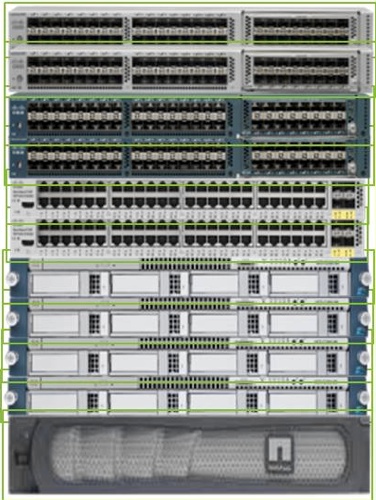Sun has had some innovative x86-64 designs in the past, particularly on the AMD front. Of course Oracle dumped AMD a while back, and focus on Intel, despite that their market share continues to collapse (in good part probably because they screwed over many of their partners from what I recall by going direct with so many customers, among other things).
In any case they launched a new server line up today, which otherwise is not really news since who uses Sun/Oracle x86-64 boxes anyways? But I thought the news was interesting since it seems to include 4 x 10GbaseT ports on board as standard.
The Sun Fire X4170 M3 and the X4270 M3 systems both appear to have quad port 10GbaseT on the motherboard. I haven’t heard of any other severs yet that have this as standard. Out of curioisity if you know of others I’d be interested to hear who they are.
The data sheet is kind of confusing, saying it has 4 onboard 10GbE ports but then it says Four 100/1,000/10 Base-T Ethernet ports in the network section below. Of course it was frequent to have 10/100/1000 BaseT before, so after seeing the physical rear of the system it seems convincing that they are using 10GbaseT.
Nice goin’ Oracle.

